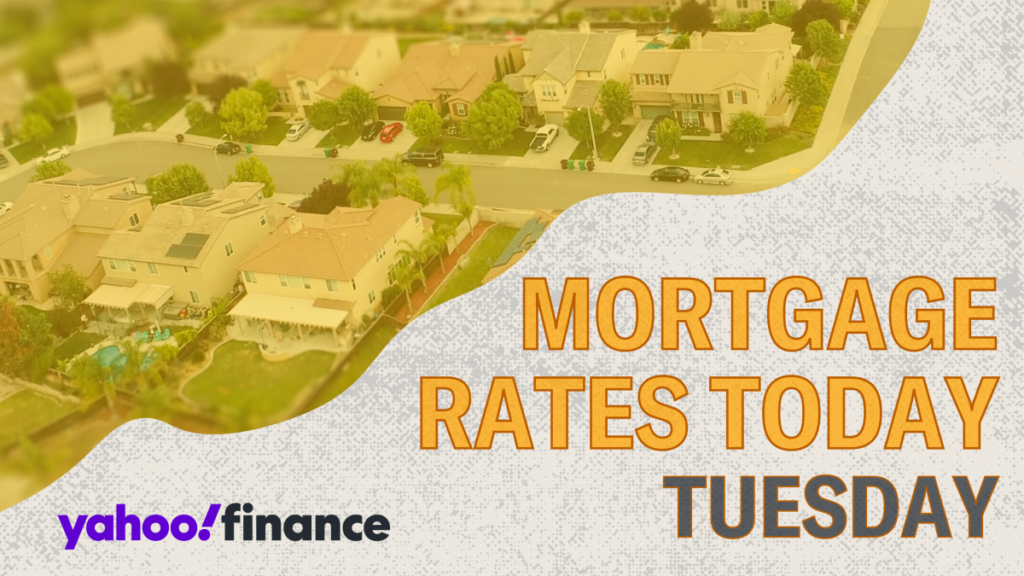As of today, there has been a notable increase in most mortgage rates, with the 30-year fixed mortgage rate rising by nine basis points to 6.30% and the 15-year fixed rate up five basis points to 5.58%. This marks the highest levels these rates have reached since late July. Analysts anticipate that the Federal Reserve may cut the federal funds rate by 25 basis points at its November meeting, a shift that is already reflected in current mortgage rates. Looking ahead, it is expected that interest rates will remain relatively stable or increase slightly throughout the remainder of 2024. However, a potential drop could occur if unexpected circumstances arise, such as the Fed opting for a more aggressive 50-basis-point reduction rather than the anticipated 25 basis points.
The current mortgage landscape, according to Zillow data, shows a 30-year fixed mortgage at 6.30%, a 20-year fixed at 6.17%, and a 15-year fixed at 5.58%. Additionally, the adjustable-rate mortgages (ARMs) like the 5/1 ARM stand at 6.75%, while the 30-year VA loan is at 5.76%. For those considering refinancing, the 30-year refinance rate is slightly higher at 6.41%. While refinance rates tend to be higher than purchase rates, they reflect similar values today, suggesting it might be a favorable time for homeowners to consider refinancing options.
Utilizing mortgage calculators can assist potential buyers in understanding how varying interest rates and mortgage terms can impact monthly payments. For instance, with a $400,000 mortgage at a 30-year term with a 6.30% rate, monthly payments would be approximately $2,476, leading to a total interest payment of $491,321 over the life of the loan. Conversely, a 15-year mortgage at a lower interest rate of 5.58% would require around $3,285 monthly, culminating in a significantly lower total interest payment of $191,361. While shorter loan terms typically require higher monthly payments, they result in substantial interest savings over time.
When considering mortgage types, fixed-rate mortgages lock in an interest rate from the start, while adjustable-rate mortgages (ARMs) remain fixed for an initial period before the rate adjusts based on market conditions. Current trends show that fixed rates are more favorable than adjustable rates at the moment. For example, a 7/1 ARM offers initial stability, with rates locked in for seven years, but risks future increases afterward. The decision between fixed and adjustable rates comes down to individual financial circumstances, anticipated market changes, and personal risk tolerance.
From early August until the Federal Reserve’s meeting on September 18, mortgage rates experienced a downward trend. However, following the Fed’s announcement of a 50-basis-point cut to the federal funds rate, mortgage rates have fluctuated, and experts suggest they will remain above the 6% threshold for the rest of the year. The trajectory of future mortgage rates will largely depend on the Federal Reserve’s forthcoming decisions regarding the federal funds rate, although a decline is expected to occur if the Fed continues with rate cuts into 2024 and 2025.
In conclusion, today’s national average for a 30-year fixed mortgage rate stands at 6.30%, while the refinance rate is slightly higher at 6.41%. Individual rates may differ based on regional variations and personal financial circumstances. Although the market anticipates some degree of decrease in mortgage rates if the Federal Reserve follows through with planned cuts, current rates are already reflecting these expectations. Consequently, both buyers and homeowners contemplating refinancing should remain informed about economic indicators and trends as they navigate their mortgage options in the coming months.

